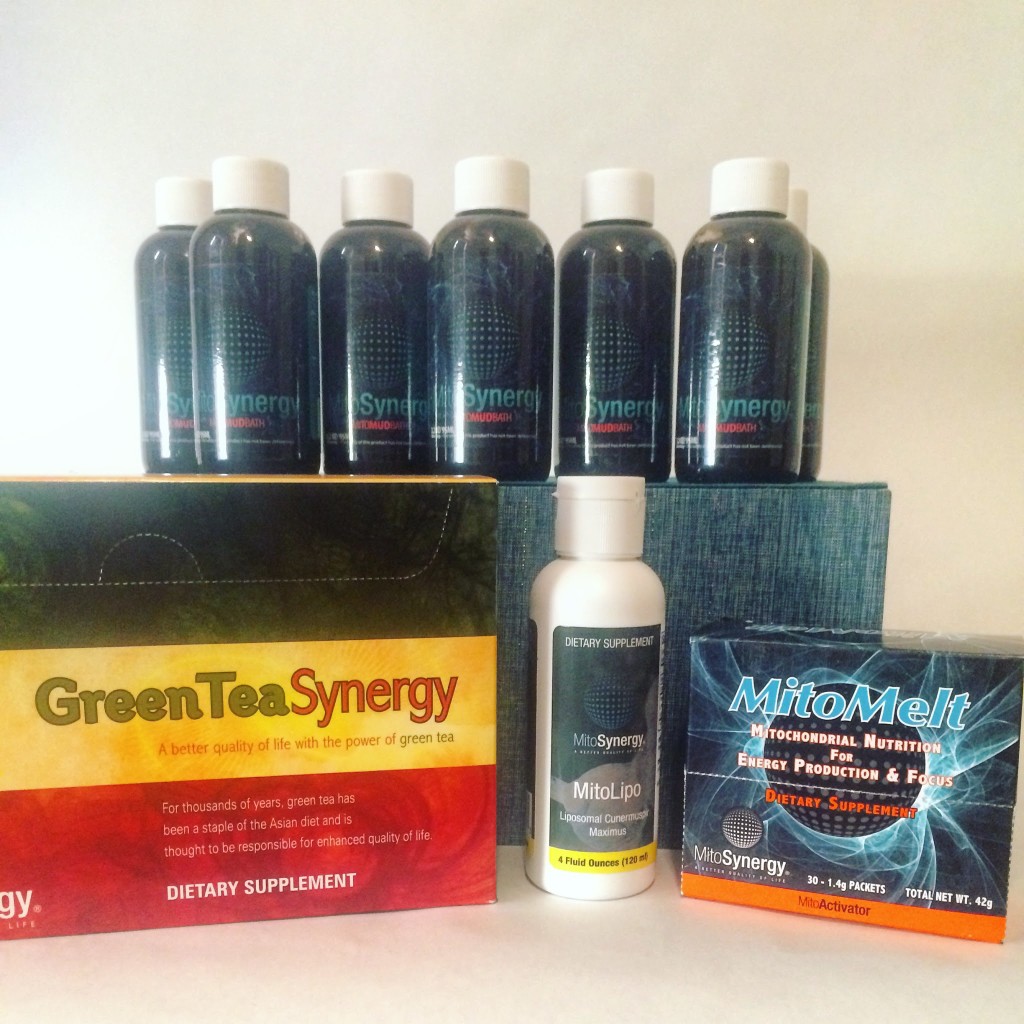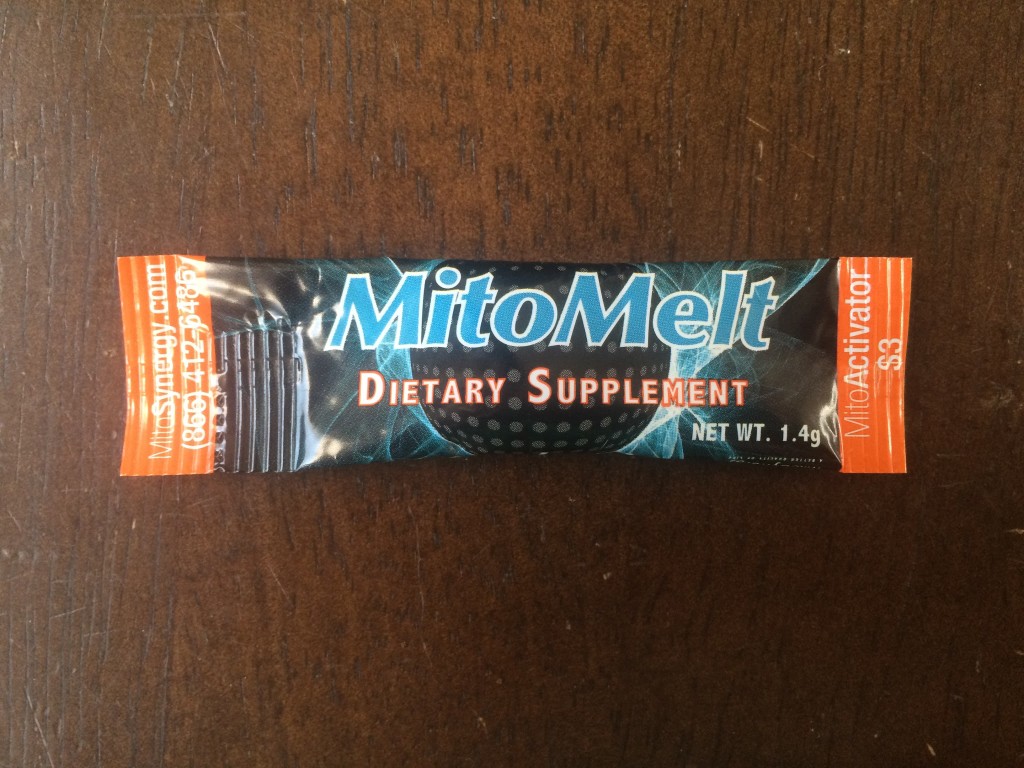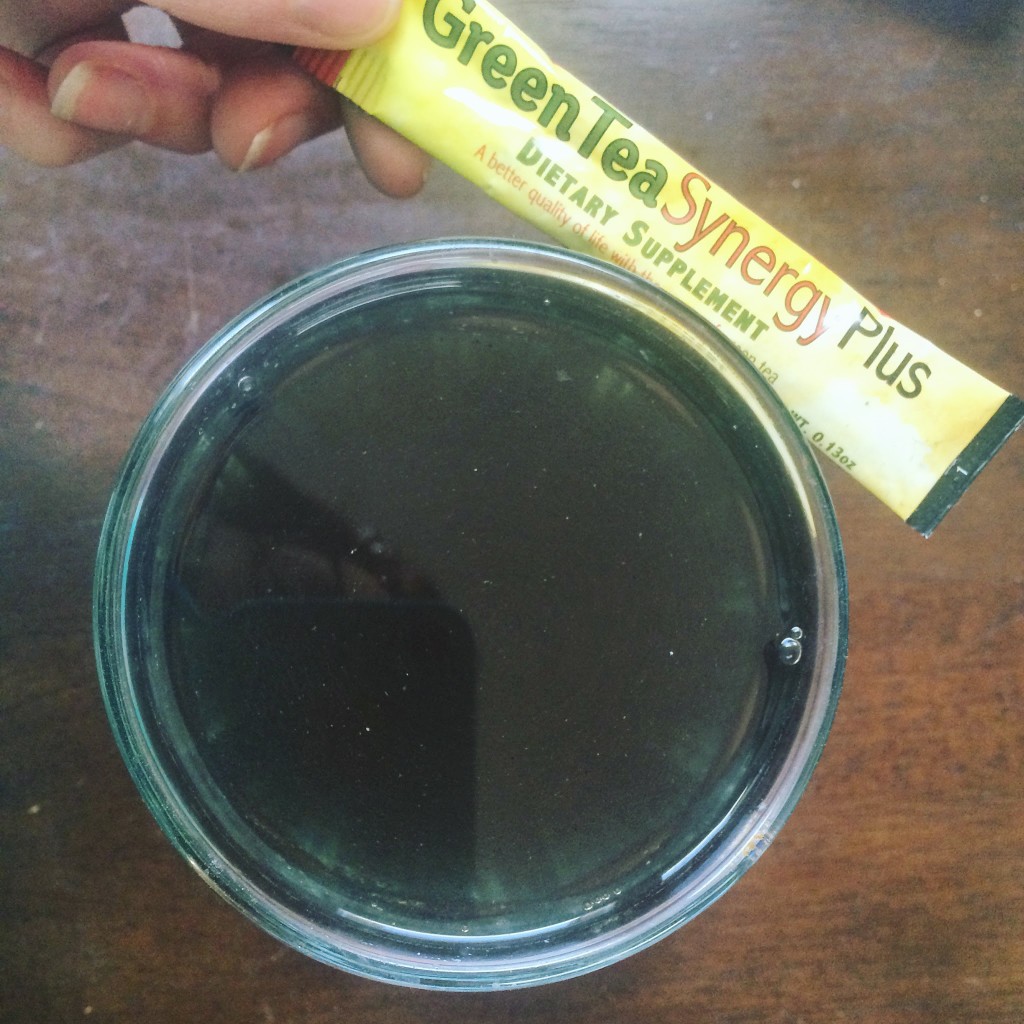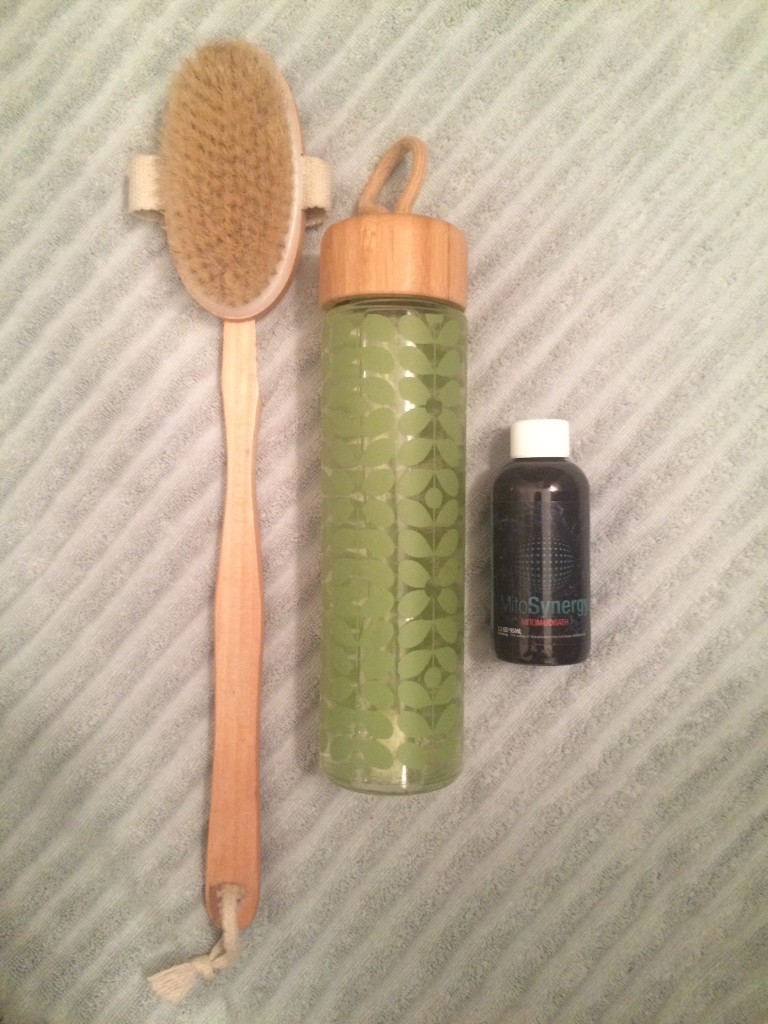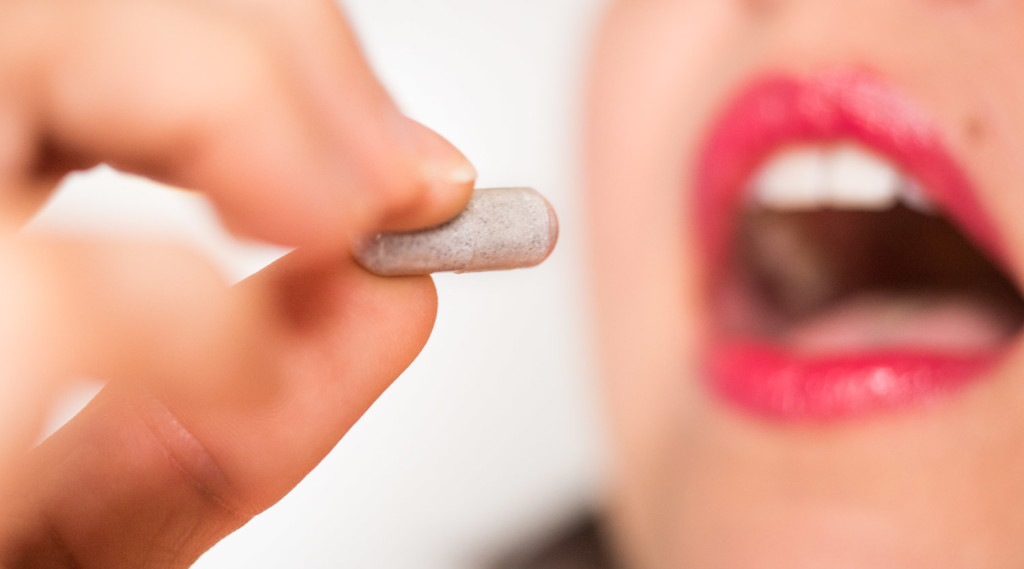(“I hear rumors that I am well. Someone mentioned it to ‘this’ person, ‘this’ person then told ‘that’ person, and finally, ‘that’ person told me that I am doing great. I am flattered people think I am doing so well, but the reality is much less glamorous.” More Than 43,000 Pills Later, October 23rd, 2015).
Where do I begin? I’m lying in bed typing, trying to push through the fatigue. I’m exhausted. No. I’m depleted. But that’s often the case with chronic Lyme disease. What can I say that you don’t already know? Some days are terrible. Some days are okay. I feel like a broken record sometimes–repeating the same verbiage day in and day out. Three years into treatment and yes, I’m still sick. Although you probably can’t tell by looking at me.
I’m still fighting Lyme disease. October 2015-January 2016
My healthcare team uncovered a Babesia infection–a malaria-like parasite–and a high viral load. Since I didn’t have the obvious symptoms of these infections, I had some doubts about this diagnosis. I had done the immune-boosting, GcMaf therapy with Bravo Probiotic for several months, so I encouraged my nurse practitioner to intensify my treatment. I wanted 2016 to be my best year yet, and I thought I could tolerate an aggressive regime. Initially, I had some good moments. I went ziplining, celebrated our ninth wedding anniversary, Thanksgiving, and my birthday. Then, without much warning, I got knocked down. I crashed so hard I could no longer lift my head from the pillow. My mother, who I rarely get to see, had come for a visit over Christmas. Sadly, I spent two days of her time here lying in bed. After the new year, I spoke with my nurse practitioner, and she ordered me to stop all medications and have some blood work done. Sure enough, my test results confirmed elevated liver enzymes and kidney function, and I was told to stay off all medications until my overworked organs were back in their normal ranges.
I’m still fighting Lyme disease. January 2016-April 2016
Two months. That’s how long it took for my liver and kidneys to return to normal. Following this setback, I became angry. I was angry that I was undertaking such a fierce treatment protocol without the support of knowledgeable, local physicians. I was angry that no matter where I went for healthcare, I was thrust into the role of patient, advocate, and educator always having to point out the inaccuracies of testing and the old, erroneous treatment guidelines. Lyme disease is serious; in some cases, it’s deadly. I had to explain this bitter reality to every physician I met. If it weren’t for a select group of doctors willing to put their licenses and careers on the line for me, I would be dead. Period.
That’s a hard pill to swallow.
Eventually, I consulted with a Lyme Literate Medical Doctor (LLMD) in Indiana to re-work the previous protocol that caused me to tank. The treatments I endured from him were intense–like knock-you-on-your-ass intense. But I persisted because that’s all I knew how to do. Days went by, and I was stuck in bed again trying to figure out the next step (I’m always trying to figure out what’s next).
In March, I began weekly intravenous, ultraviolet light treatments. It’s an alternative intervention, but I heard promising reports that people were close to remission with this treatment. It was a pricey and sometimes painful attempt, but the hope of improving my quality of life was dwindling. At this point, the tremendous financial burden this placed on my family and me seemed worth the risk.
I’m still fighting Lyme disease. April 2016-July 2016
For awhile, I was improving with the new combo of medications and the UV treatments. In May, my husband and I took our first plane ride in eight years. We went to Nashville to visit some friends. While I was nervous buy soma online usa about the large quantities of medication I had to bring with me, things went pretty smoothly. I came back from the trip feeling like I was making progress with my health–this time for good. I couldn’t believe I had conquered such a huge healing milestone!
In June, we adopted a new puppy. For a short time, I was the owner of THREE dogs! The puppy brought new energy into our apartment, and I enjoyed many walks with her through our neighborhood. Sadly, my upswing was short-lived, though, and I ended up in the emergency room after battling a colitis-type episode for a few days. While that episode resolved, I quickly began heading downhill once more. By July, I no longer saw benefits from the UVLrx treatments or my medications. The fatigue came back with a vengeance as I struggled to preserve the improvements I’d made. Sliding backward is a heartbreaking part of this illness, I’ve learned.
I’m still fighting Lyme disease. July 2016-October 2016 and beyond
So, shouldn’t I be used to this by now? I’m not. I’ll never get used to the anguish of the low points, or watching my dreams slip away. Sadly, my summer wasn’t what I had expected. I wasn’t able to attend my high school reunion, visit friends, family or do much of anything. In August, I stopped the UVLrx treatments at the six-month mark. Also, I tested positive for mycoplasma pneumoniae–another bacterial infection I had to contend with.
“Maybe you’ve been reinfected. Do you recall any tick bites?” my nurse practitioner asked due to my increasing symptoms. How could that be? I’d hardly left the house the entire summer! I prayed she was wrong, but I was terrified she might be right. Could I have missed one, microscopic tick? What would I do if I had to begin this journey all over again?
Then, life happened, and it forced me to put my health on hold. On October 6th, we put our almost 17-year-old beagle named Seven to sleep. Just typing her name still causes a dull ache in my heart. There’s no doubt it was her time, but it still hits me like a punch in the gut. She was my first dog, and when I was at my worst, I whispered in her ear one dispirited day, “You have to stay well until the day comes where I am strong enough to handle it.” I am grateful she upheld her end of the bargain. Even though I didn’t feel healthy, I managed her death without sliding further down the hill. Maybe I’m just too sentimental, but it sure felt like I hung on for her, and she hung on for me.
I connected with my nurse practitioner over a Zyto scan a few weeks later. The scan showed very high levels of oxidative stress, brain inflammation, and the Babesia infection from nearly a year ago.
But, there was good news too! After three years of treatment–three years of powerful medications–I no longer tested positive for Borrelia (the bacteria that causes Lyme) or the co-infection Bartonella. At least, for now. Insert happy emoji of the dancing lady in the red dress.
My nurse practitioner and I settled on a more simplified treatment plan of Malarone, tinidazole, and Tagamet. Although Tagamet is an antacid, it’s been shown to reduce brain inflammation, so I take it after meals to not interfere with my digestion. It’s still too early to tell, but I think it’s helping. Fingers crossed that it’s helping. I’m ready for a big shift to occur. I’ve been ready and waiting for a very long time…
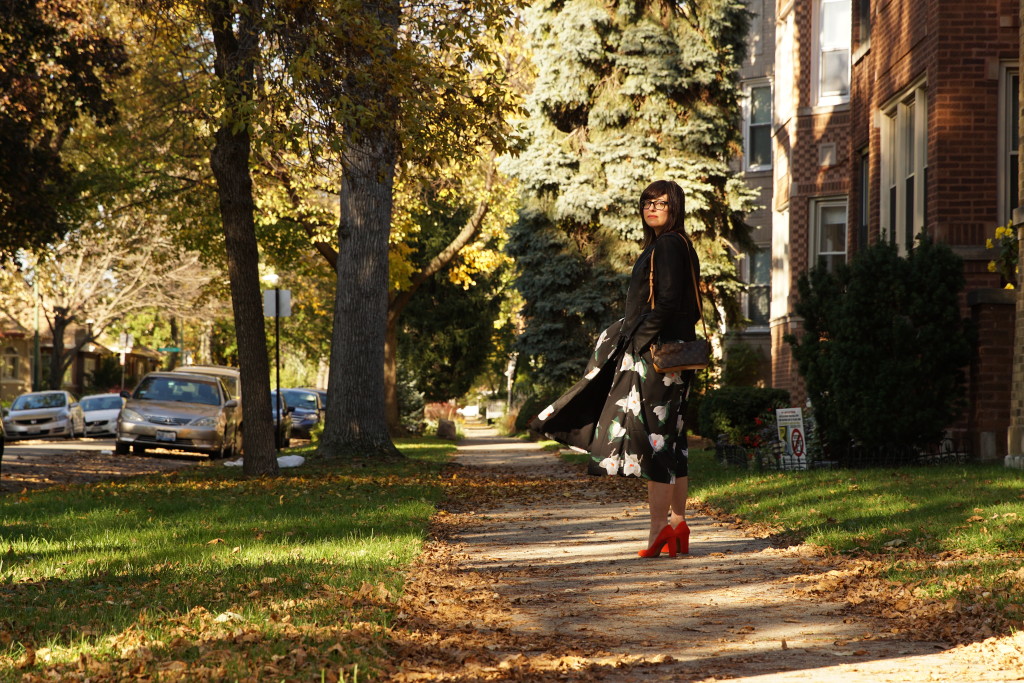
The last of the golden, fall sun.
“A wind has blown the rain away and blown the sky away and all the leaves away, and the trees stand. I think, I too, have known autumn too long.”
-e e cummings




